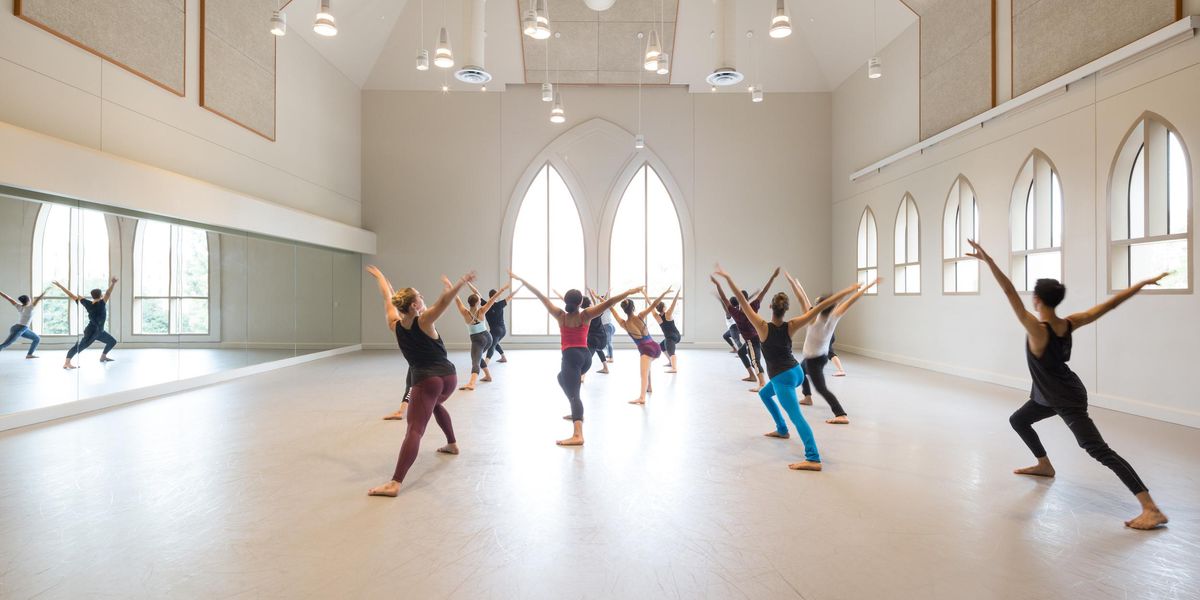Advice for Dancers: Find the Perfect Pointe Shoe
How custom orders can help. Plus, advice for overcoming racism in your company.
I’ve always had trouble finding the right size pointe shoes. My bunions need a wide box but my heels are narrow, making all my choices either too loose or painfully tight. Now that I’m a professional, I have access to my own shoemaker. Any advice?
—Cinderella, Boston, MA
Finding the right pointe shoe is a journey, given the subtle differences in foot type and size—even between your own two feet. So try to be patient and open to experimentation. New York City–based podiatrist Dr. Thomas Novella, who sees over 200 dancers a year, has told me that fit is more important than the brand. For the best shape and size, he advises dancers to get their feet measured in the morning before they swell. (Sneakers are just the opposite; try them on in the evening to ensure a comfy half-inch space at the toes.) Your pointe shoes also need to accommodate proper padding. A bunion (or simian) foot like yours requires a doughnut-shaped foam pad over the bunion, a spacer between the first two toes and, as you already know, a wide box.
When placing a special order from your shoemaker, there are several factors to consider: box shape, to fit your foot type and padding; vamp length, to prevent rolling over on your knuckles or leaning backwards; width, to keep from sinking down into the shoe; profile, or side, height that’s neither too high nor low to be painful; shank strength; and heel shape, for both height and width. Once you receive a trial batch, be prepared to make further modifications if something hurts. Get resized every three years, because feet tend to spread with age. Your preferences may also change with experience.
I’ve never had a regular period, and I’m told that’s why I developed a stress fracture in my metatarsal. My physical therapist, who knows that I follow a very low-calorie diet to prevent weight gain, said a nutritionist could help me menstruate and stay thin. I’m slowly making progress by eating healthier but still haven’t had my period. It also hasn’t helped me lose the weight I’ve gained while injured. What else can I do?
—Laura, White Plains, NY
Hormonal problems that affect bone density can occur due to intense exercise, dieting or a health-related issue. Please make an appointment with a gynecological endocrinologist to find out why you’re having trouble. Certainly, inadequate nutrition is one component of the female athlete triad (dieting, menstrual problems and brittle bones) that can plague dancers. In your case, a registered dietitian, who has passed a rigorous exam after postgraduate training (unlike other nutrition counselors), can help. If you’re having difficulty eating more or think you might have an eating disorder, contact The Renfrew Center for a referral to a psychologist who has expertise in this area (renfrewcenter.com). Some dancers who follow a sensible eating plan may still require medication from an endocrinologist to jumpstart their periods. Others may need a totally different approach if they are grappling with a health issue like polycystic ovary syndrome, which also causes menstrual irregularities and weight gain and tends to run in families. Whatever the cause, stay positive and remain proactive until you find the solution.
Diversity seems to be a new theme in ballet companies, although no one talks about how black dancers may experience discrimination within their troupe. For example, I was blamed for theft among my colleagues based on my color. I was subsequently exonerated by the police but suffered the stigma of being guilty by default until I left and joined another company. When will people start talking about this subject?
—Anonymous, San Francisco, CA
You’re touching a nerve about prejudice in America (let alone ballet), making it difficult to have an open discussion. That being said, it’s about time that black dancers are treated with the same respect as everyone else. I’m happy to hear that you made a positive move to another company. My advice to the dance community at large is to take inventory of their actions. If you’ve treated others unfairly through racial stereotyping, admit your mistake and apologize to the dancer in question. Most artists love their work, are willing to forgive and are eager for the validation. Now is the time to openly discuss the topic.
Dr. Linda Hamilton
2000 Broadway, PH2C, New York, NY 10023
email: [email protected]
Former New York City Ballet dancer Linda Hamilton, Ph.D., is a psychologist in private practice, the author of
Advice for Dancers (Jossey-Bass) and co-author of The Dancer’s Way: The New York City Ballet Guide to Mind, Body, and Nutrition (St. Martin’s Griffin). Her website is drlindahamilton.com




